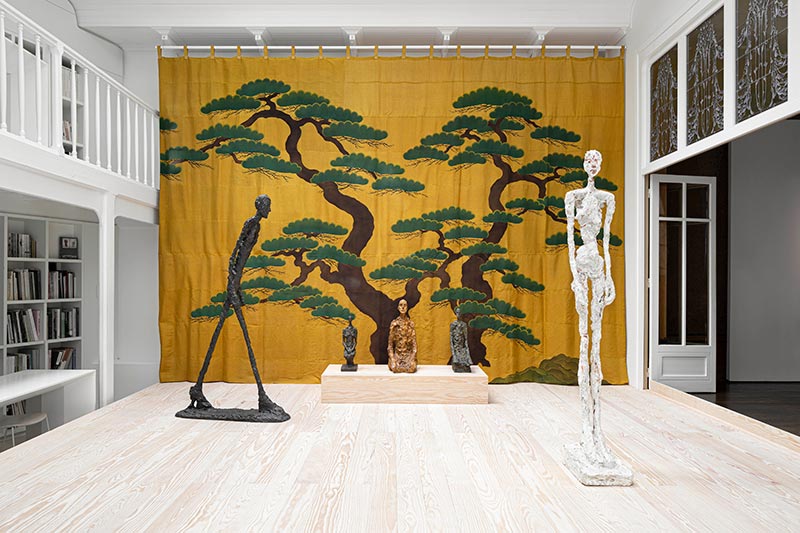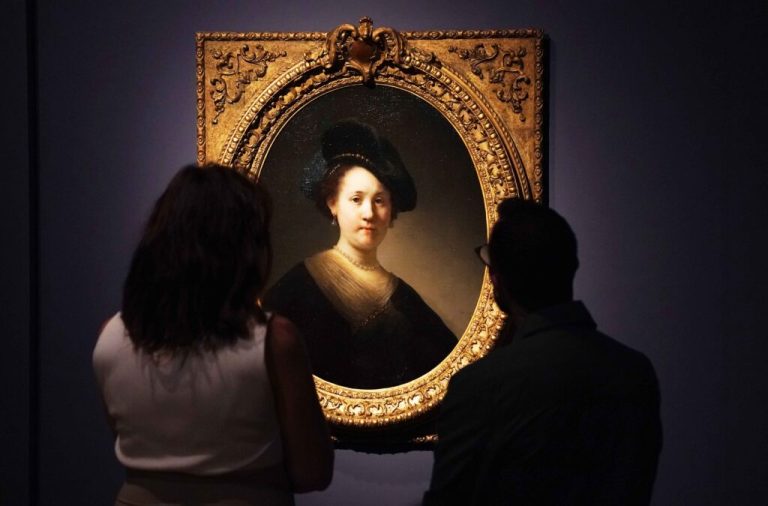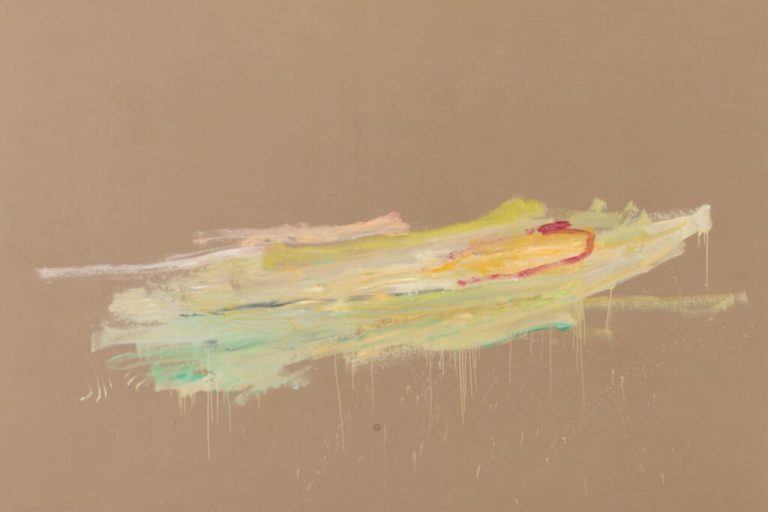Paris. In 2013, the Museum of Modern Art in New York asked Hiroshi Sugimoto (born in 1948) to photograph the institution's sculpture garden. The first work that catches his attention is the Big woman by Alberto Giacometti (1901-1966) which he photographed twice: once in daylight, the other at dusk, and in the same blurred approach. ” In my opinion, [cette sculpture] evoked the image of two characters from Noh theater. Noh speaks of souls coming back to life and becoming visible”he emphasizes in the introduction to his “Past Presence” series, resulting from this commission.
Six other photographs of sculptures by Giacometti including two from theman walking were produced between 2013 and 2016. The photographer offered them to the Giacometti Foundation five years ago. They are the starting point for the exhibition “Giacometti / Sugimoto: on stage” which Françoise Cohen, artistic director of the Giacometti Institute, created with the Japanese artist. Shown for the first time in Europe, they represent the spectral characters of an exhibition which broadens the vision that we can have of the work and its author to his passion for Noh theater and his involvement in the staging of classical Japanese theater. In 2017, Hiroshi Sugimoto founded the Odawara Art Foundation in Japan, whose mission is to foster and promote the practice of traditional Japanese and contemporary international performing arts.
The Noh theater stage that Sugimoto recreated at the Giacometti Institute obeys the rules of the genre: a bare stage consisting only, at the back of the stage, of an immense hanging depicting a pine tree with outstretched branches. Facing the audience, four kneeling musicians, “played” by four sculptures by Giacometti. On stage, left,man walking in bronze and, on the right, the Big woman plaster [voir ill.]. The transposition of the sculptures into figures from a Noh scene works, although the seated figures have no relation to Japan.
The ghosts of Noh theater
“It is true that Giacometti's gaze was much more turned towards ancient Egypt than towards the Far East. In this comparison of the work of the 1950s-1960s, we find what has been widely commented on, notably by Jean Genet in “L'Atelier” when he says that Giacometti in his sculpture addresses the dead., explains Françoise Cohen. We find this theatricalization applied by Sugimoto to Giacometti's sculptures, in the four photographs of the Big woman and of Large Figure which stand before the visitor, disturbing images of a slender silhouette frozen in a misty shades of gray and black. Sugimoto breathes life into them and finds in the spaces of the Giacometti Institute, the framework for their dialogue, at least for two of them, with ancient Noh masks, from the 13th to the 15th century, from his own collection.
This taste for the spectral figure is also illustrated in the magnificent self-portraits and polaroid portraits of Takeshi Kitano, Ileana Sonnabend and Peter Zumthor, shown for the first time and placed opposite heads drawn with a ballpoint pen on paper tablecloths, and just as original, that Giacometti performed when he was at the café.
The links forged by Giacometti with the Japanese philosopher Isaku Yanaihara can be seen implicitly, notably through his plaster bust. Links that bring together the Japanese microcosm of Giacometti and Annette, his wife, and their discovery in 1957 of Kabuki and Noh theater.







